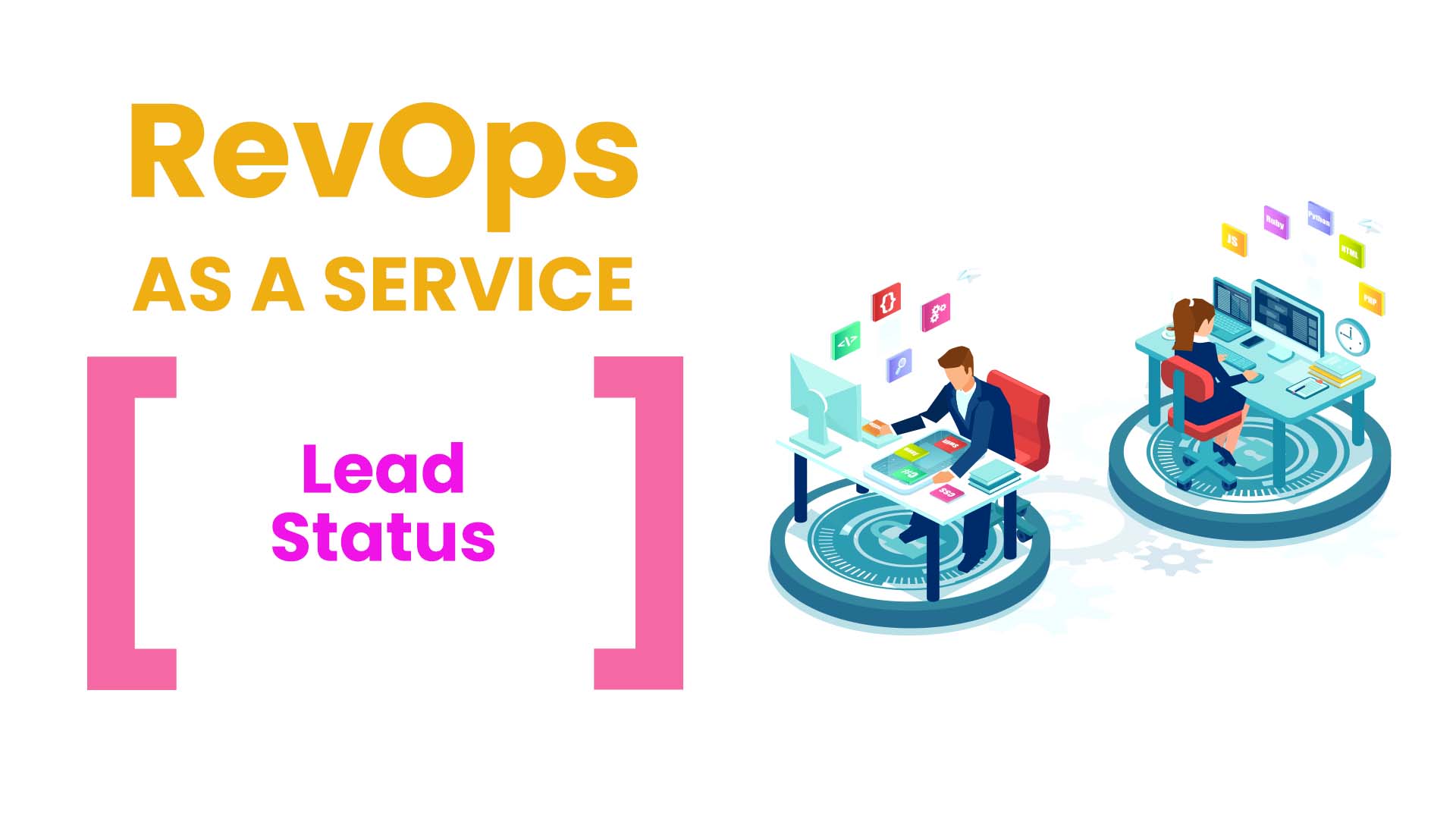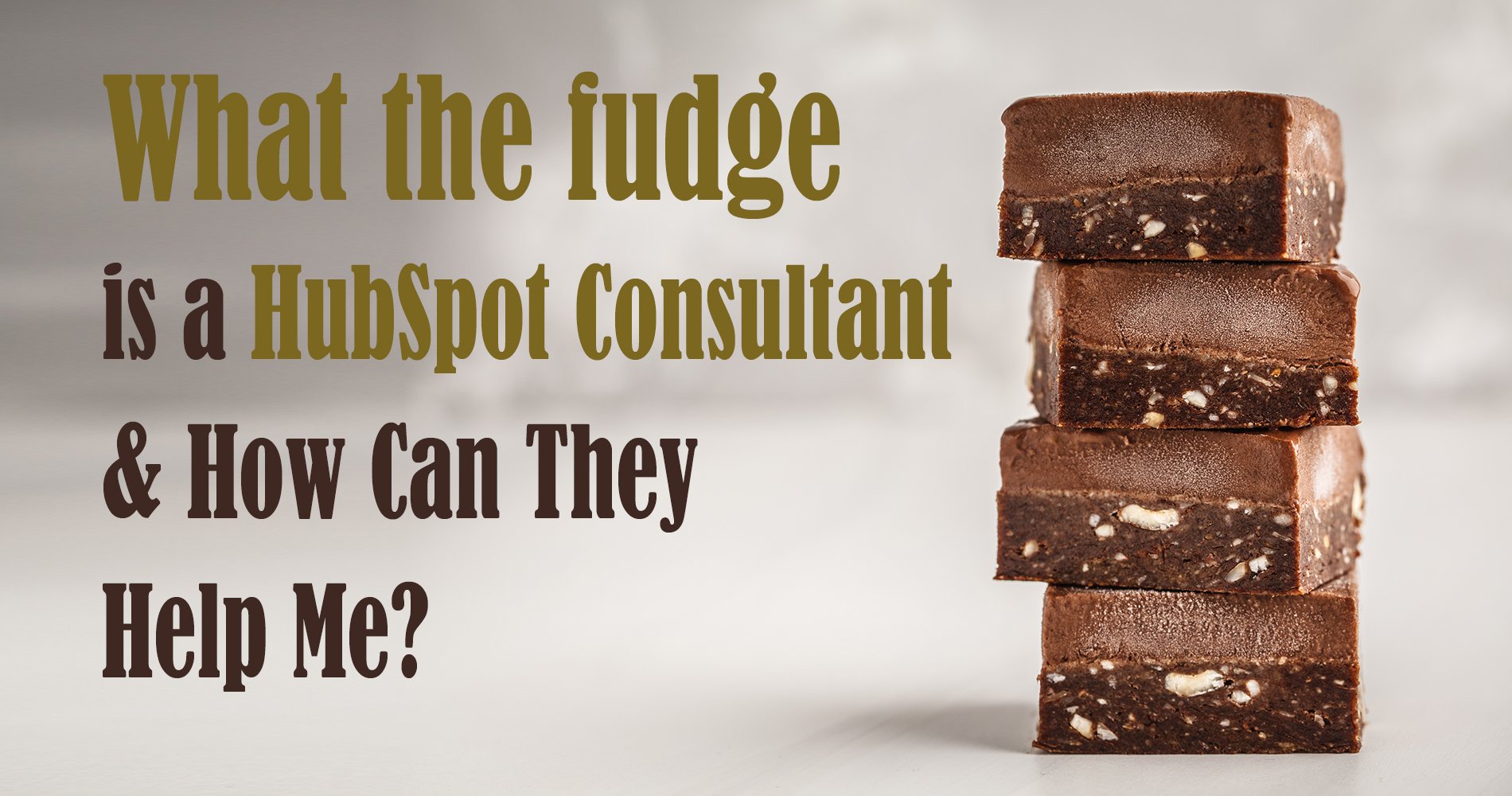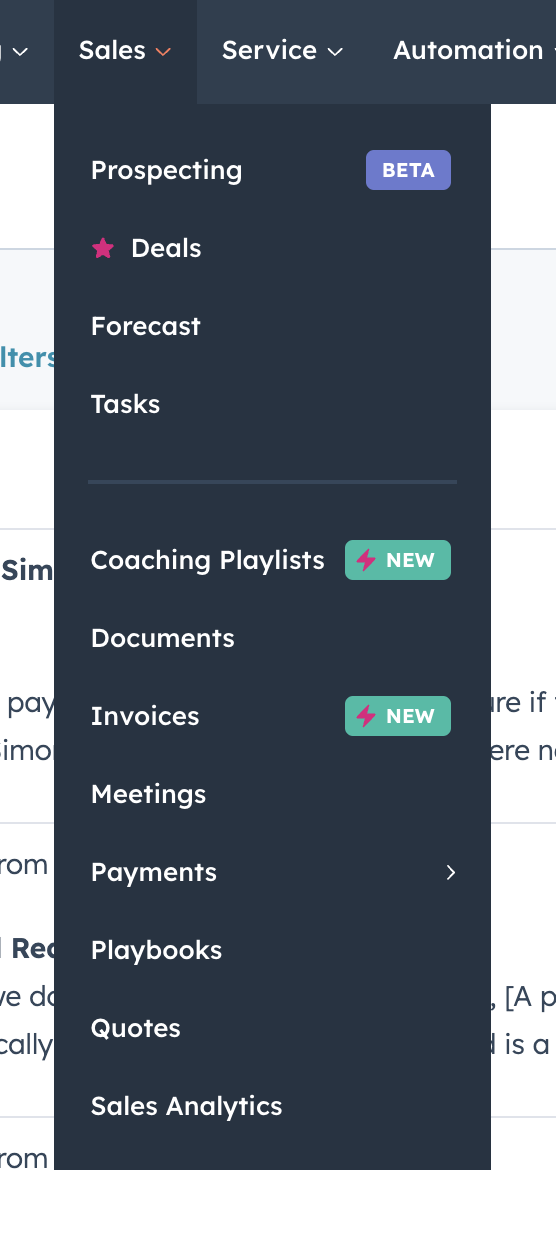When it comes to digital marketing, you’ll probably heard the term ‘Lead Funnel’. A lead funnel is a simple idea that can be extremely effective. They are usually powered by an audience generation tactic like paid for advertising or a powerful social media channel or website.
Simply put, the funnel 'captures' leads for your business, product or service and filters them through the buying cycle until they are ready to purchase.
Sounds brilliant! And if you're like me, your feed is FULL of people promising to set you up, build one, or teach you how to do it yourself.
The problem is, there is no such thing as a free lunch. And like with everything else in life, there are no short cuts to success.
Sources of Audience for your funnel
The first issue you have to deal with in order to make that lead funnel as powerful as it can be, and certainly as powerful as everyone pushing one on you tells you they are, is to identify the target you are trying to reach and understand where they are in order for you to reach them.
Social media
- Pro’s - if you have a strong social presence it makes sense to leverage that audience by encouraging them to enrol into a funnel. Particularly powerful as we can assume they are well disposed towards the product or service in the first place, as they ‘follow’ or ‘like’ you.
- Con’s – Reaching your audience on your organic social media accounts is really difficult. Most, like Facebook are now set up to encourage you to spend advertising pounds to reach even people who have liked and followed and who you might count as your audience.
Website
- Pro’s – You own the real estate that is your website, and so you own the ‘data’, that is your audience. There are a number of ways you might want to reach them like blogging, video, pop ups and live chat to name a few. And there are no social media algorithms making you jump through hoops to do so. Again, chances are, if they are on your website, they are already well inclined to do business with you anyway, so funnels can work extremely well on your own website.
- Con’s – As with social media, building a large, returning website audience is harder than you might think. You’ll need to be producing top quality content that attracts visitors, how researched your keywords needed to direct the right people to your website, and made the website easier to use, and interesting enough to make people stick around and come back for more.
Paid Media (PPC, Social Media ads, broadcast media etc)
- Pro’s – It’s possible to specifically target an audience using the data on that audience the vendor has gathered. This is why the social media companies have been on a massive data gathering exercise since their inception – to make them more attractive to advertisers looking to pour people in their funnels.
- There are great ways to ensure you are talking to the right people by targeting audiences that match your Facebook or website audience.
- Con’s – Paid media is by definition costly. It’s easy to get ‘wrong’ in terms of missteps in set up and targeting.
- The basics of marketing, unchanged for decades, still apply. It’s not just about reaching the audience, they must be an ‘effective audience’, and you must reach them enough times to make an impression.
- Plus, the ad copy is everything. If you don’t cut through or attract enough attention, make the ad memorable, and give a compelling reason for the target to do business with you, it’s not going to work, no matter how good the targeting is.
The customer journey
Another essential element to get right is to understand at what stage the audience you are reaching is at. Or put another way, to agree on what stage you would like them to be at when your message reaches them.
Broadly speaking the customer goes through three stages before they purchase, and then a fourth after the purchase.
Awareness – Consideration – Decision – Post Purchase Analysis
And at each stage there will be different problems they face relating to the stage they are in. Or more specifically their search will narrow and the questions they ask, or problems they need to solve will get more and more specific.
There is little point in answering a question or solving a problem for a potential customer related to the bottom stage of the funnel (decision) when they are still at the top of the funnel (awareness)
Top of the funnel questions
Relate to the problem they face. How do I solve a problem like the one I have, what options are there?
Middle of funnel questions
Here we are narrowing down the search to short list potential vendors or solutions. Questions like, what is the best option for me, given my circumstances?
Bottom of the funnel questions
Now we are ready to make the decision and again the questions get more focussed. Maybe about price, discount or credit terms, aftercare, guarantees etc.
Post Purchase Analysis
Always remember, your customers are the best advertising you can get. These days people are not shy of calling out businesses they are not happy with. And this peer review is a vital stage in the decision making process and so looking after your customers feeds right back into the lead funnel.
What’s the deal?
In very rare cases, customers respond to advertising spontaneously. Like when there is a run on something like Toilet Paper as in the recent case at the beginning of lockdown, simply stating you had it in stock was enough to bring people flocking through the door.
But generally, you will need to provide the customer with a compelling reason to do business with you. And again, this needs to be related to the stage they are at in the purchase cycle.
You won’t win business by offering discounts if your target market is still in the awareness stage. They are simply not ready to buy.
The ‘offer’ you make must also be commensurate with the client’s expectations and their lifestyle. Consider adding value as well as, or instead of, simple discounts.
If customers are further up the funnel, content offers can be very compelling as they seek to learn about the problem they face and how you solve it.
And offers around making things easier to afford, like credit terms etc. are a well-trodden way to success.
To recap
For your digital marketing or lead funnel to work well and quickly, you need to know:
- Exactly who your target is
- Where they are so you can reach them
- What stage in the buying journey they are?
- So, you can offer a solution to the specific problem they face
- AND make them an offer they can't refuse
Many lead funnels don't work, and get abandoned, because the client (or agency) hasn't done the work to identify and comply with the steps above.
Many are spot on however and are literal ‘revenue taps’ you can turn on and off at your whim! So, this is an area it’s really important to get right.
But you'll need to do the hard yards first.





